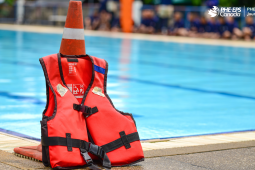Read more from Stephanie Field
[ Research ] This paper offers water-safety background knowledge for teachers, and includes three dry-land activities and resource links for K-12 PHE classes. Participation in aquatic activities offers many benefits for children and youth (i.e., improved cardiovascular health, decreased obesity, increased social opportunities); however, drowning is a leading cause of unintentional death for children and youth worldwide. With the proper skills and knowledge, children and youth can enjoy safe participation in a wide-range of water-based activities. The school environment is an ideal venue to teach water-safety skills and knowledge, although barriers to this content delivery exist. Two commonly cited barriers are a lack of teacher water safety knowledge and access to aquatic facilities.


